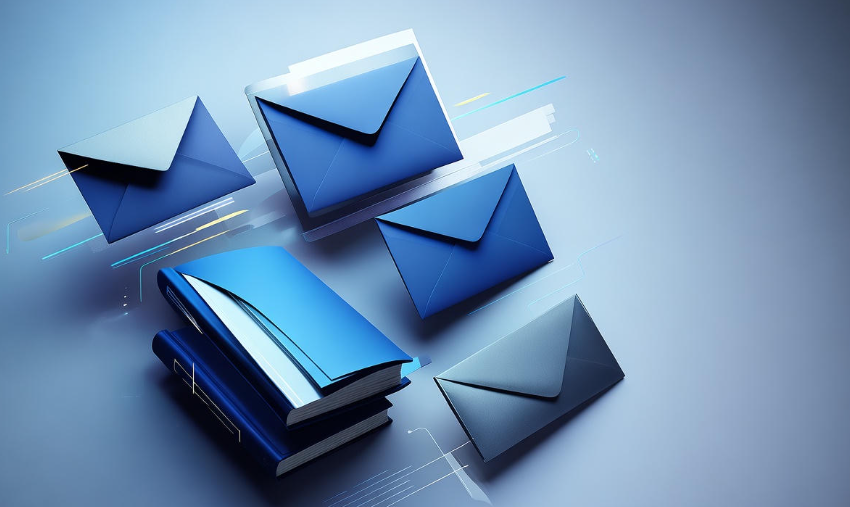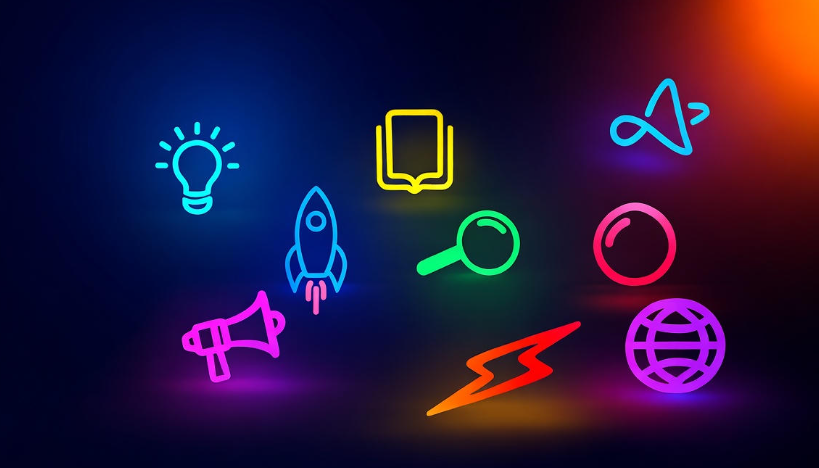Why email marketing matters for authors
If you’re an author, whether self-published or traditionally published, you already know how crowded the book market is. There are thousands of titles launching every single day. 📚 So, how do you stand out? Social media may give you quick visibility, but algorithms keep changing. You might post something today, and only a fraction of your followers ever see it. On the other hand, email marketing gives you a direct line to your readers. Imagine having a list of people who love your work, waiting for your updates, and actually wanting to hear from you. That’s what email marketing does.
What email marketing really is (for writers specifically)
At its simplest, email marketing is sending emails to people who signed up to hear from you. For authors, this often means fans, book reviewers, or people interested in your niche. Unlike ads, where you pay to be seen, with email you own the audience. Think of it as your personal bookstore, where readers can walk in anytime.
Building your email list from zero
Every author starts somewhere. If you don’t have a list yet, don’t panic. Start with these simple strategies:
-
Offer a freebie, also known as a “reader magnet.” It could be a free short story, the first chapter of your upcoming book, or even a behind-the-scenes writing diary.
-
Add signup forms to your website or blog. If you don’t have one, even a basic landing page works.
-
Use social media to promote your newsletter—invite your followers to subscribe.
-
Put a link in your book itself (usually at the end) that says, “Want more? Join my mailing list here.”
Here’s a small table to show you examples of reader magnets authors often use:
| Reader Magnet Idea | Why It Works |
|---|---|
| Free novella | Gives readers a taste of your writing style |
| Exclusive short story | Creates a feeling of “special access” |
| First chapter of next book | Builds anticipation |
| Author Q&A audio | Personal connection |
| Printable bookmarks | Small, creative gift |
Choosing the right email platform
You don’t need fancy tech to start. Tools like MailerLite, ConvertKit, or Mailchimp are beginner-friendly. Most of them give you a free plan until your list grows. As an author, you don’t need hundreds of features—just the ability to:
-
Collect subscribers through a signup form
-
Send newsletters and updates
-
Automate welcome emails
-
Segment your audience if needed (for example, separating fantasy fans from mystery fans)
What to actually send your readers
This is where many writers get stuck. “What do I write in my emails?” The truth is, readers subscribed because they like you and your work. Keep it real, keep it simple. Some ideas:
-
Book updates (cover reveals, release dates, pre-order links)
-
Personal stories about your writing journey ✍️
-
Tips, book recommendations, or resources in your genre
-
Behind-the-scenes glimpses (like character sketches or your messy writing desk!)
-
Special offers or signed copies
-
Occasional surveys asking what readers want more of
Think of it as writing to a friend who genuinely cares about your books.
How often should you send emails?
There’s no perfect rule, but consistency matters more than frequency. Once a month is usually safe. If you’re about to launch a book, you can increase to once a week. Just don’t disappear for six months and then suddenly pop back asking readers to buy something. That’s a quick way to lose trust.
Crafting emails people actually read
Your subject line is your hook. If it doesn’t grab attention, your email won’t even get opened. Keep it short, casual, and curiosity-driven. Examples:
-
“I almost quit writing this week…”
-
“A tiny sneak peek (don’t tell anyone 😉)”
-
“Cover reveal inside 🎉”
Inside the email, use short paragraphs, friendly tone, and avoid sounding like a salesperson. Mix storytelling with value.
Personalization and connection
Instead of blasting generic emails, try making them personal. Even something simple like “Hi Sarah” feels warmer than “Hi Reader.” Most platforms make this easy with merge tags. Also, don’t be afraid to share bits of your life—it helps readers see you as a real person, not just a name on a book cover.
Why email beats social media (especially for authors)
Here’s a quick comparison that might surprise you:
| Platform | Average Reach | Level of Control |
|---|---|---|
| Facebook/Instagram | 5–10% of followers | Algorithm decides |
| Twitter/X | Very low | Fast-moving feed |
| 80–90% inbox delivery | You control the list |
With email, you’re not renting space—you actually own the relationship with your readers.
Making your emails look professional (without tech headaches)
Keep your design clean. Black text on white background works best. Add a small header image if you like, but don’t overload with graphics—many readers check emails on their phones. Use buttons for links, like “Pre-order Now,” instead of long messy URLs.
Measuring success
Most platforms show you stats like open rates, click rates, and unsubscribes. Don’t obsess over them, but keep an eye out:
-
If open rates are below 20%, maybe your subject lines need work.
-
If click rates are low, maybe your links aren’t clear.
-
If unsubscribes are high, maybe you’re emailing too often or being too salesy.

Email Marketing for Authors: Complete Guide
A small roadmap for email marketing success
Here’s a simple flow you can follow:
-
Create a reader magnet → Add it to your site → Share on social media
-
Collect signups → Send a welcome email (introduce yourself, thank them, set expectations)
-
Share updates consistently (once a month or so)
-
Warm readers up before book launches with teasers
-
Offer exclusive perks → Build loyalty → Turn readers into superfans
Common mistakes authors make with email marketing
-
Only emailing when they want to sell something
-
Forgetting to send anything for months
-
Writing long, boring walls of text
-
Not giving readers a reason to stay subscribed
-
Over-complicating things with too many tools
Simple writing trick for email success
Before you hit “send,” ask yourself: Would I enjoy receiving this email if I were a reader? If the answer is no, rewrite it until it feels genuine.
Still confused? See answers to the Top 10 FAQs About Amazon KDP.
Quick email ideas you can copy right now
-
Share your favorite quote that inspired your writing this week
-
Talk about the book you’re currently reading 📖
-
Share a funny behind-the-scenes story from your writing process
-
Reveal a small piece of trivia about your main character
-
Give early access to your next book’s title
FAQs
Q: Do I need a big list to see results?
No. Even 100 engaged readers can make a huge difference. A small, loyal list is better than thousands who don’t care.
Q: Can I send my book directly as an attachment?
Avoid sending big files. Instead, share a link to a download page. Attachments can land your email in spam.
Q: What’s the best time to send emails?
Late mornings on weekdays often work well, but test with your audience. Some authors find weekends better.
Q: How do I avoid spam filters?
Don’t use all caps in subject lines, avoid too many exclamation marks, and make sure people willingly subscribed.
Q: Is it too late to start email marketing if I already published books?
Not at all. The best time was before launch, but the second-best time is today.
Final thoughts
Email marketing isn’t about spamming people or writing perfect copy. It’s about building genuine relationships with readers. Treat your list like friends, give them value, and share your journey. When you do that, promoting your books won’t feel like selling—it will feel like inviting friends to celebrate with you. And that’s the kind of marketing that actually works.




